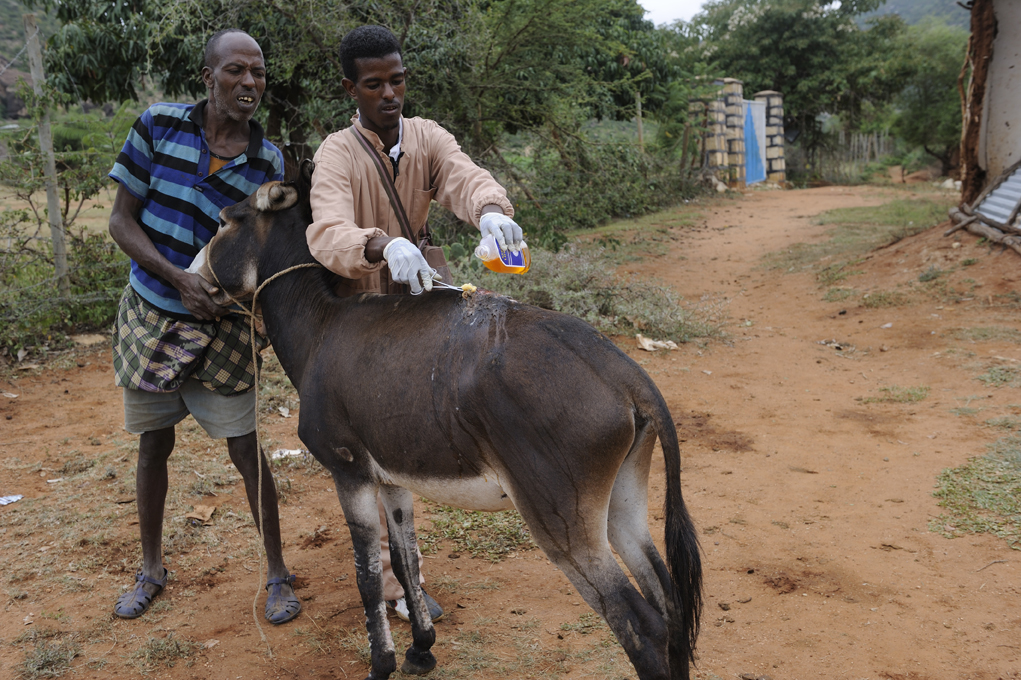
Photo from academic.microsoft.com
The liver is one of the most important organs, both in terms of the different metabolic processes (energy, lipid, ferric, uric, etc.) and of its central role in the processes… Click to show full abstract
The liver is one of the most important organs, both in terms of the different metabolic processes (energy, lipid, ferric, uric, etc.) and of its central role in the processes of detoxification of substances of food origin or noxious substances (alcohol, drugs, antibiotics, etc.). The development of a relevant model that reproduces some of the functions of this tissue has become a challenge, in particular for human medicine. Thus, in recent years, most studies aimed at producing hepatocytes in vitro with the goal of developing hepatic 3D structures have been carried out in the human model. However, the tools and protocols developed using this unique model can also be considered to address physiological questions specific to this tissue in other species, such as the pig, chicken, and duck. Different strategies are presently being considered to carry out in vitro studies of the hepatic metabolism of these agronomic species.
Journal Title: Veterinary Research
Year Published: 2021
Link to full text (if available)
Share on Social Media: Sign Up to like & get
recommendations!